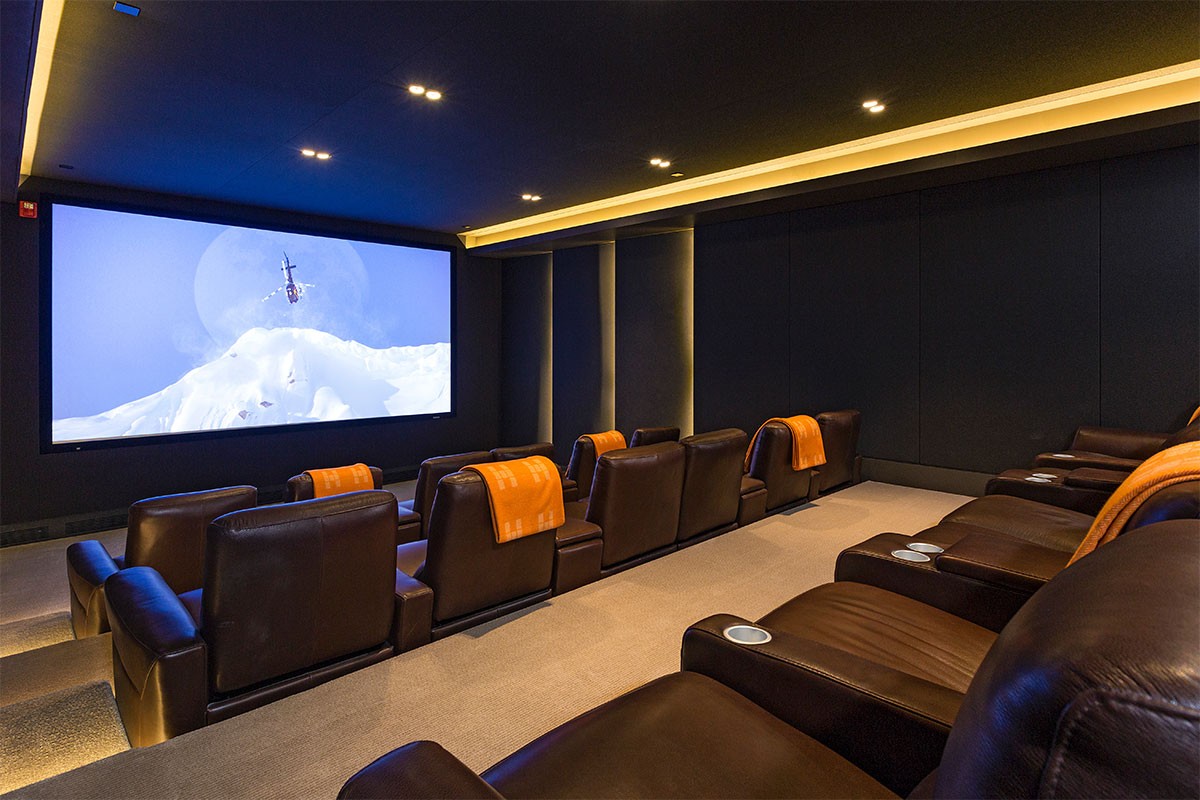We have completed hundreds of custom home theater systems and screening rooms over our history often to demanding Hollywood professionals from Malibu to Montecito. Along the way we have worked with dozens of great general contractors from very large firms to single owner-operators. Since GC's may go a year or two without doing a build for a top home theater, they always need a little hand-holding in order to deliver a great product to their clients.
I thought I would assemble a list that addresses the top items that every general contractor should know about a home theater build.
1. Quietrock is not enough! I often hear a super say, "we will soundproof with some Quietrock". Quietrock can help sound transmission, but is not enough to do serious home theater sound control. Too many clients have basement theaters that can be heard on the top level. To get proper sound isolation you need to mechanically decouple the room surfaces from the main house structure. Otherwise, sound will just travel throughout the home like crazy. Think of sound like water. You need to plug the leaks. This can be done using room within a room construction, resilient (or hat) channel, isolation clips, etc. There are a lot of techniques that require a lot more time to explain. Feel free to reach out to my email below for additional info.
2. Don't build a riser until you know the exact screen size! Too many GC's are anxious to keep the project moving and start framing out risers based on the architectural drawings. Sightlines are critical and the homeowners typically expect to see the whole screen without obstructions. It is imperative that the screen size and height off the floor is locked down before you start riser construction.
3. Projector location - Today's screening room projector's have the ability to be put very far back from the screen. There is no reason to hang an unsightly projector in the middle of the room. A small projector that does not give off much heat (typically used with smaller screens) can be installed in a soffit. You can even install larger projectors in the soffit but it takes some very careful planning to make sure noise is abated and cooling is addressed. The best place for a projector is in a room or area behind the room shooting through an opening (preferably with port glass). This gets the heat and fan noise out of the room and takes care of having an unattractive unit in the room. My strong suggestion is to find a way to shoot the image through the back wall of the theater.




